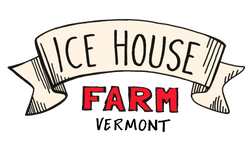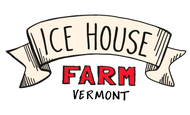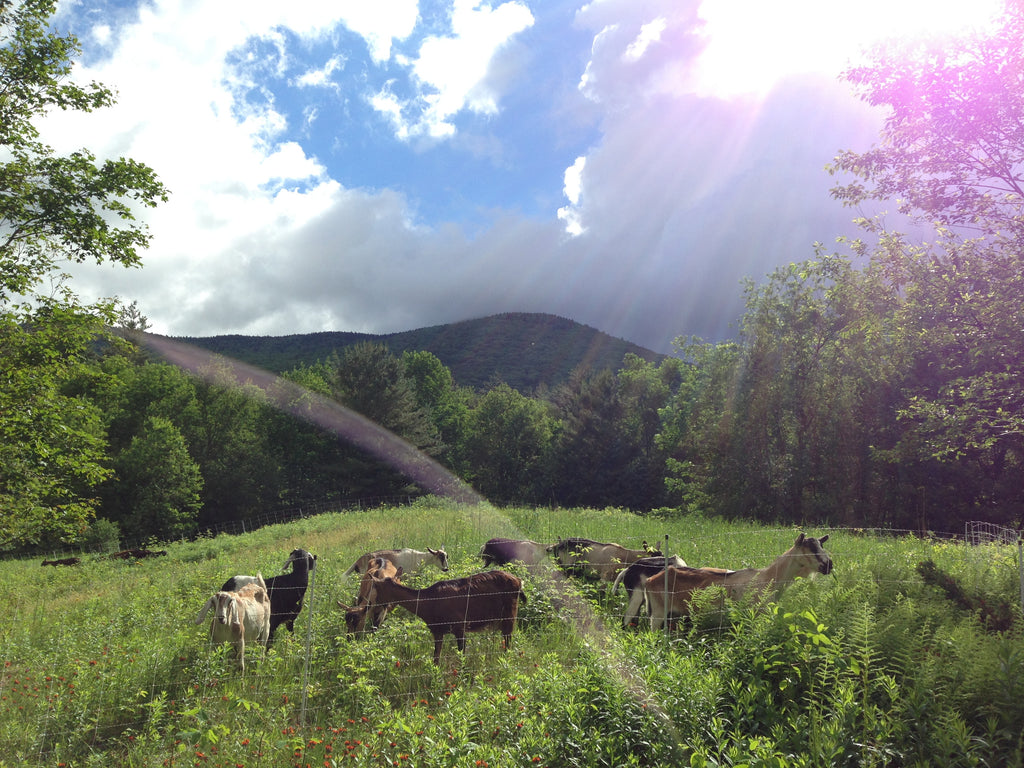Regenerative Agriculture
Here is an at a glance overview of our regenerative grazing practices.
After milking we move the goats to a fresh area of pasture with dense grass and forage. They only graze for a short period before being moved.
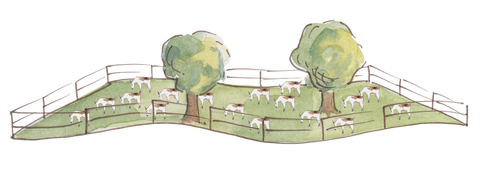
Their hooves help aerate the soil, provide a nice intermittent disturbance, trample plants litter to create natural mulch. Litter on the soil is surface is critical to maintain micro climates, habitat, and food for organisms to make soil formation work.
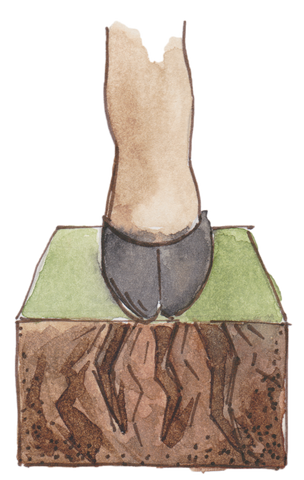
The goats leave behind poop and urine, this enriches the soil with organic matter and minerals. It creates a habitat and fuel for microbes that encourages healthy plant regrowth.
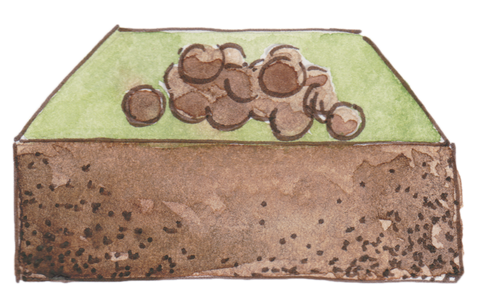
Proper grazing increases root ball size of forages and root rhizospheres. The plants in turn pump carbon into the soil via their root systems to grow new top soil.
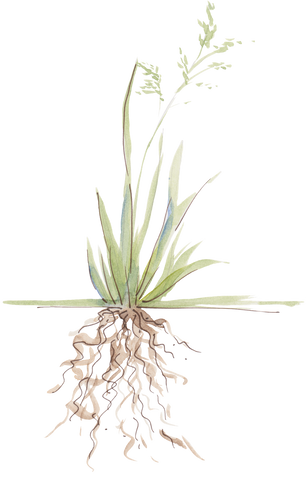
Beneficial microbes that live on the roots of grasses take the carbon that plants produce during photosynthesis and store it deep underground. Supporting micro organisms, fungi, protozoa, bacteria, nematodes, earthworms, and all creatures in the soil food web.
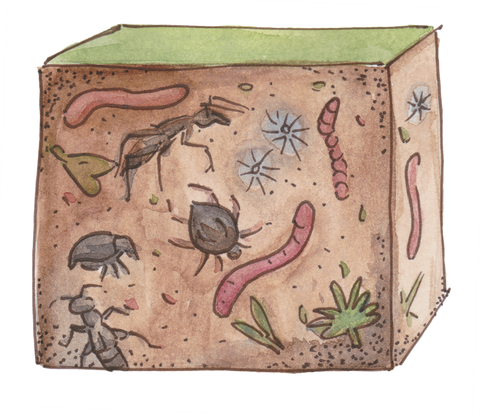
Richer soil increases water infiltration allowing rainwater to seep in rather than running off into watersheds. This cleans water, prevents flooding, and keeps soil moist through dry periods.

Healthy soil and farmland supports more livestock which continues the entire cycle.
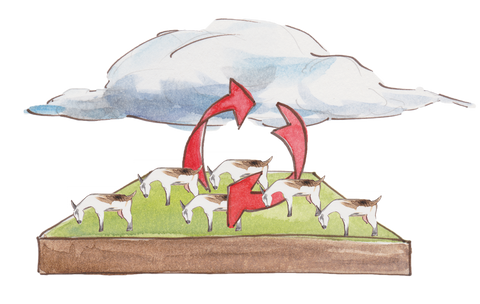
"Land, then, is not merely soil; it is a fountain of energy flowing through a circuit of soils, plants, and animals."- Aldo Leopold, A Sand County Almanac, 1949
